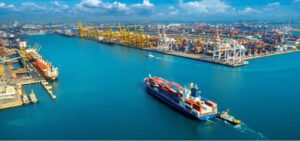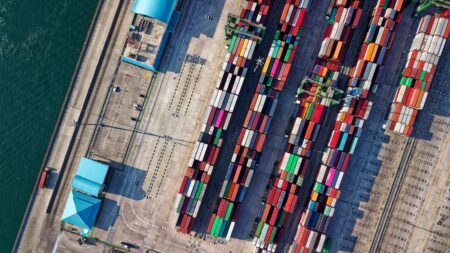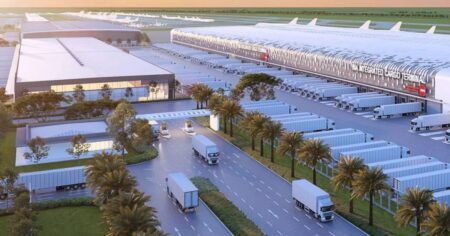As India charts its economic course, we delve into the implications of the Union budget for 2024. Join us as we explore expert perspectives, trends, and forecasts that shape our nation’s financial landscape.
Vipin Vohra, Chairman, Continental Carriers
This year’s budget focuses on nine key priorities: agriculture, employment, human development, energy security, manufacturing, innovation, infrastructure, and next-generation reforms.

The rationalisation and reduction of customs duty on specific commodities such as gold, silver, platinum, and mobile phones and chargers are expected to boost both their export and import. The finance minister also assured a reduction in GST slabs. The logistics industry is hopeful for exemptions or reductions in export cargo duties for air and ocean freight.
To enhance industrial growth, the budget includes plans to develop industrial parks with complete infrastructure in or near 100 cities. Additionally, twelve industrial parks will be sanctioned under the National Industrial Corridor Development Programme, promoting ease of multi-modal transportation.
E-Commerce Export Hubs will be set up in public-private partnership (PPP) mode. These hubs, under a seamless regulatory and logistic framework, will facilitate trade and export-related services under one roof.
Special emphasis on MSMEs and the manufacturing sector with a technology support package and a reduction in TDS for e-commerce will further enhance the import/export to/from India.
Under the Prime Minister’s initiative for skilling, in collaboration with state governments and industry, 20 lakh youth will be trained over a five-year period. To achieve this, 1,000 Industrial Training Institutes (ITIs) will be upgraded in a hub-and-spoke arrangement with a focus on measurable outcomes. Additionally, the Model Skill Loan Scheme will be revised to facilitate loans up to ₹7.5 lakh, backed by a government-promoted fund guarantee. This measure is anticipated to benefit 25,000 students annually.
To strengthen the Indian start-up ecosystem, boost entrepreneurial spirit, and support innovation, the angel tax for all classes of investors has been abolished. Additionally, this budget introduces a program to provide internship opportunities. Under this initiative, 1 crore youth will have the chance to intern with 500 top companies over the next 5 years. Interns will receive a monthly allowance of ₹5,000 and a one-time assistance of ₹6,000, funded through CSR initiatives.
Anuj Puri, Chairman, ANAROCK Group
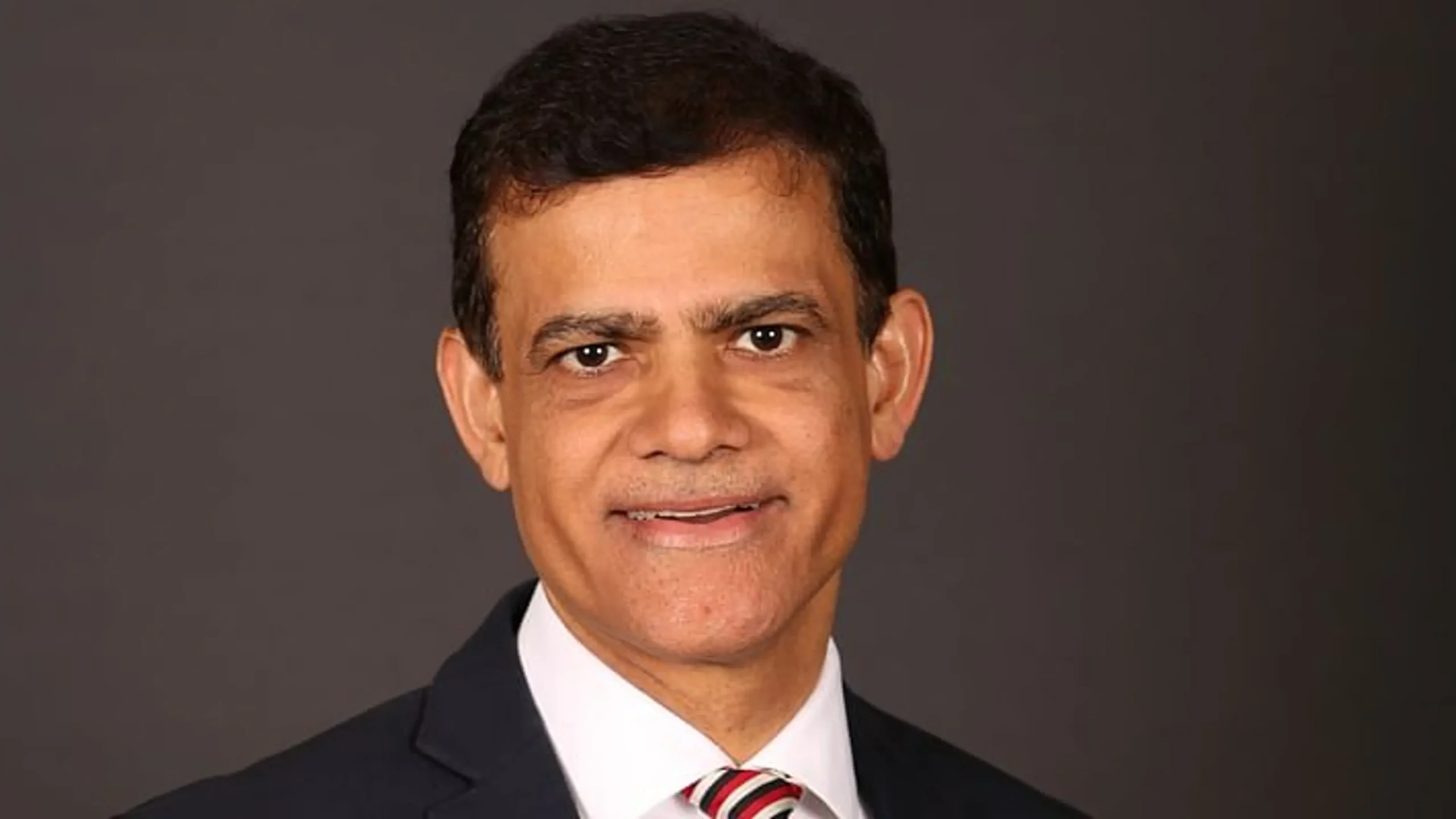
Covering a wide spectrum of Indian sectors, the first Union Budget of Modi 3.0 focuses on MSMEs, employment, skilling, youth, and the middle class. It will generate a mixed bag of reactions from different sectors. From a real estate point of view, the first thing that stands out is the government’s continued focus on infrastructure, with an allocation of over ₹11.11 lakh crore—nearly 3.4% of India’s GDP. Improved infrastructure drives real estate growth.
The focus on rural and urban job creation, if effective, may provide some boost to affordable housing, which has had a tepid performance since the pandemic. The move can help stir up housing demand in not just the top 7 cities but also Tier 2 and Tier 3 cities.
With an eye on the housing needs of the urban poor and the middle class, the government has announced that it intends to construct an additional one crore homes under PMAY Urban 2.0 with an outlay of ₹10 lakh crore.
Mega-allocation for the Hyderabad-Bengaluru industrial corridor and Vizag-Chennai corridor will boost growth along these corridors and consequently boost real estate growth there. The FM also tried to rejuvenate the MSME sector, which does have a multiplier effect on overall economic growth, with the implied positives for real estate as a collateral beneficiary of such growth.
The credit guarantee scheme for MSMEs will help provide impetus to overall industrial development, and this can have a rub-off effect on the real estate sector. The pandemic had a catastrophic impact on the MSME sector, which slowed down the demand for affordable housing since 2020. Affordable housing demand may gain momentum once the economic impact of the pandemic subsides for this target audience.
This is certainly pertinent: the affordable homes category (less than ₹40 lakh) has been seeing a decline in overall sales since the pandemic, to approx. 19% in H1 2024 from over 38% in the period before the pandemic in 2019. Consequently, this segment’s percentage share of the total housing supply in the top 7 cities also fell to 18% in H1 2024 from nearly 40% in 2019. Any boost to this vital segment is, therefore, welcome.
For individual taxpayers under the new tax regime, the increased standard deduction limit to ₹75,000 from the previous ₹50,000, along with the new income tax slabs, implies savings, but hardly enough to boost housing demand.
Other highlights pertinent to real estate:
- 12 industrial parks are to be sanctioned.
- Rental housing with dormitory-type accommodation for industrial workers will be facilitated under the PPP mode.
- Brownfield redevelopment of cities under the PPP mode lays open opportunity for real estate development.
- Tourism boost to the states of Odisha and Bihar
Gayomard Driver, Executive Director & Group Chief Financial Officer, Jeena and Company

The logistics industry welcomes the 2024 budget and eagerly looks forward to its implementation. The budget addresses crucial aspects that the industry has been keen to see progress on: skilling youth, empowering MSMEs, manufacturing, and a comprehensive review of the rate structure for ease of trade.
The removal of duty inversion and reduction of disputes are significant positive steps. However, the main highlights are the continuation of focus on infrastructure, i.e., the ₹26,000 crore boost to road connectivity projects and the sanctioning of 12 industrial parks. The government’s commitment to maintaining strong fiscal support for infrastructure is commendable.
The establishment of the Gaya node along the Amritsar-Kolkata route is anticipated to greatly improve the Eastern Dedicated Freight Corridor. This development is expected to bring significant advantages to ports in eastern India over the medium term. Additionally, the enhancement of rural infrastructure and support for an industrial corridor in the eastern region are vital steps forward. India’s plan to establish dedicated e-commerce export hubs will streamline logistics, export clearances, and warehousing. These hubs, functioning as bonded zones, will reduce re-imports with private sector support.
Furthermore, the launch of Phase 4 of the PM Gram Sadak Yojana aims to provide all-weather roads to 25,000 rural habitats, enhancing connectivity. These numerous infrastructure improvements are anticipated to offer faster routes, more options for trade, increased connectivity to rural areas, and reduced costs of travel, sorting, and storing. They will also help reduce the turnaround time for delivery. Essentially, we can utilise smoother roads and shorter routes for transportation, moving away from the expensive and congested routes currently in use. Overall, we are optimistic about these announcements and their positive impact on the logistics sector.
Rajesh Mehta, Executive Director, Liladhar Pasoo Group
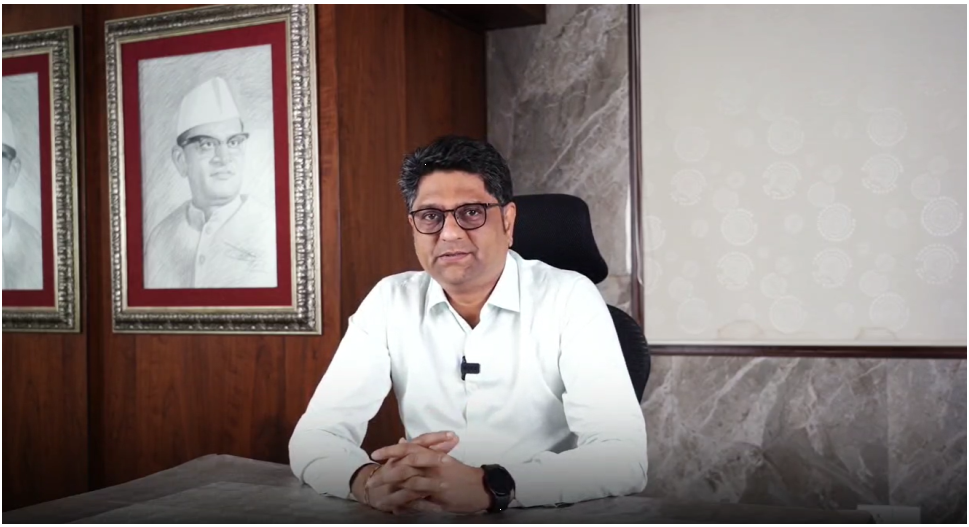
This budget is decidedly growth-oriented and strategically positions India to realise its ambitions of becoming a global manufacturing hub and a $5 trillion economy. It emphasises infrastructure development, tax simplification, and skill enhancement—three critical areas that will enhance India’s alignment with the global value chain. By investing in robust infrastructure, streamlining tax processes, and focusing on upskilling the workforce, the budget creates a conducive environment for India to attract international business and strengthen its manufacturing sector.
Moreover, the budget encourages entrepreneurs to innovate and deliver high-quality products, which is essential for meeting global standards and boosting demand. This focus on excellence and competitiveness is vital for developing an agile and resilient supply chain, positioning India as a key player in global trade networks. As India advances towards its goal of becoming a global trade hub, these measures will play a crucial role in driving economic growth and sustaining momentum towards the $5 trillion economy milestone.
Ketan Kulkarni, Chief Growth Officer, Allcargo Group

Finance Minister Nirmala Sitharaman provided enough fuel for India’s current growth ride. With the budget focusing especially on job creation and skilling, agriculture, infrastructure, research, and technology, the ride should gain momentum. Without changing the Capex allocation, which was significant compared to the revised estimates, increased outlays in many sectors like infrastructure and manufacturing will boost spending. The government has also reiterated its determination to pull down the fiscal deficit in the coming years. As every sector has something to cheer about in general, logistics should also benefit from the overall growth trajectory. The positive spurs make the budget balanced, positive, and forward-looking.
Uday Sharma, Chief Commercial Officer, Allcargo Gati

The budget’s robust initiatives for the infrastructure, skill development, and MSME sectors are set to transform possibilities into realities.
The ₹26,000 crore investment in road connectivity projects, including key expansions like the Patna-Purnea expressway and new infrastructure such as the Bodhgaya-Rajgir-Vaishali-Darbhanga route, underscores a major step towards enhancing connectivity and faster transportation of goods.
The MSME cluster initiative announced in the budget is a game-changer for our sector. By enhancing access to credit and promoting business growth, it acts as a catalyst for MSMEs, enabling them to expand operations and thrive. This initiative will not only benefit MSMEs but also have a positive ripple effect on logistics partners like us, facilitating smoother operations and enhanced service delivery to meet growing business demands effectively. The establishment of e-commerce hubs in PPP mode increases the volume and shipments from MSME clusters and empowers traditional artisans to access global markets. Furthering the plans for 24 new SIDBI branches serving MSME clusters, this budget reinforces support for inclusive growth.
Vivek Juneja, Founder and Managing Director, Varuna Group
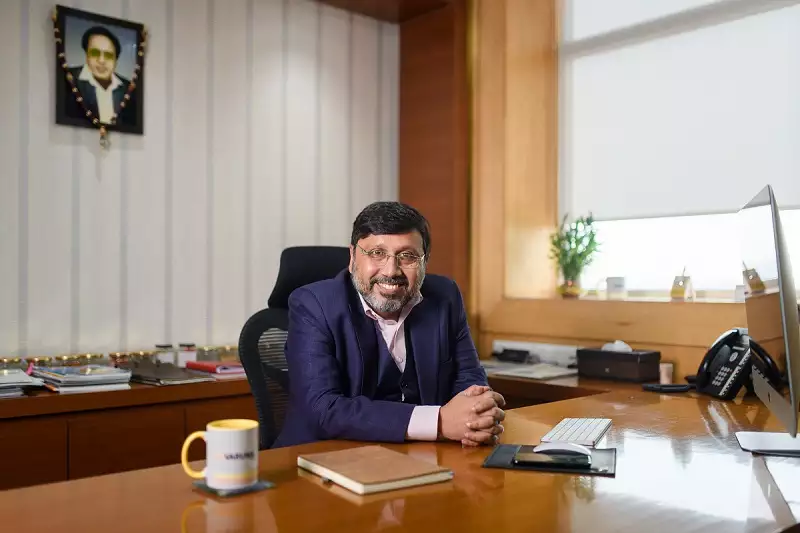
The development of the Industrial Corridor, particularly the Amritsar-Kolkata route, coupled with the sustained emphasis on road connectivity, signals a robust future for the logistics sector. These infrastructure projects are pivotal in fortifying the logistics framework by reducing inefficiencies. Collectively, these initiatives reflect a comprehensive strategy aimed at bolstering the logistics industry and ensuring sustainable growth.
JB Singh, Director, MOVIN Express

This year’s budget is a major step towards supporting employment and skill development, with a strong focus on infrastructure and the growth of MSMEs. The new credit guarantee scheme for MSMEs will simplify access to loans, while the updated assessment model and credit support during tough times will further assist businesses. The creation of twelve new industrial parks will greatly improve infrastructure and boost economic growth. Furthermore, reducing customs duties on vital minerals like lithium and cobalt will boost the electric vehicle and battery storage sectors. These initiatives have the potential to position India as a global leader and strengthen domestic logistics infrastructure.
Varun Gada, Director, LP Logiscience – A Liladhar Pasoo Company

As a fast-growing warehousing and 3PL service provider, I commend the Union Budget for its comprehensive approach to fostering inclusive economic growth. The broad focus on infrastructure development and the transition to solar energy is encouraging. The provision of ₹11,11,111 crore for infrastructure, amounting to 3.4% of GDP, underscores the government’s commitment to robust infrastructure growth. This includes the launch of Phase IV of PMGSY to provide all-weather connectivity to 25,000 rural habitations and the development of essential infrastructure such as water, power, railways, and roads in the Kopparthy node on the Visakhapatnam-Chennai Industrial Corridor and the Orvakal node on the Hyderabad-Bengaluru Industrial Corridor.
The allocation of ₹2.66 lakh crore for rural infrastructure development is a significant step toward making rural areas more accessible by road, facilitating easier and more efficient transportation. The focused plan for endowment-rich states, including the Amritsar-Kolkata Industrial Corridor and the industrial node at Gaya, promises to generate significant economic opportunities in the eastern parts of India.
Furthermore, transit-oriented development plans for 14 large cities with populations above 30 lakh will significantly improve urban mobility and infrastructure, fostering better connectivity and economic activity.
The skilling program, designed to upskill 20 lakh youth and upgrade 1,000 industrial training institutes, is crucial for creating a workforce capable of adapting to tech-enabled systems and meeting international workflow standards. The exemption of capital goods for manufacturing solar cells and panels reinforces our commitment to sustainable energy transitions, paving the way for greener supply chains. Simplified tax regimes for corporations will reduce compliance burdens, promote entrepreneurial spirit, and provide tax relief.
Additionally, the taxonomy for climate finance will enhance the availability of capital for climate adaptation and mitigation-related investments. Streamlined FDI and overseas investment processes, including facilitating the use of the Indian rupee for overseas investments, are poised to attract more investments, strengthening India’s position as a global economic powerhouse.
We look forward to leveraging these initiatives to enhance our logistics capabilities, support sustainable practices, and contribute to the nation’s growth story.
Gregory Goba Ble, Managing Director, UPS in India

The Union Budget unveiled recently is a monumental stride towards positioning India as a global logistics powerhouse. It aligns seamlessly with the ‘Make in India’ initiative and lays a solid foundation for India’s future growth. This budget has hit all the right notes, focusing on infrastructure development, leveraging technology, and supporting MSMEs, including traditional artisans, through innovative measures such as e-commerce export hubs.
We commend the government’s commitment to infrastructure development, particularly the announcement of new economic corridors. These initiatives, along with strategic investments in roadways and airports, are poised to streamline logistics operations, reduce costs, and enhance connectivity across key regions.
The budget’s focus on MSMEs is particularly encouraging. The provision of no-collateral term loans for manufacturing MSMEs, coupled with expanded MUDRA loan limits and the new credit guarantee scheme, will provide much-needed access to working capital for MSMEs. This will empower them to embrace technology and compete globally.
We also applaud the government’s vision for leveraging technology through initiatives like an integrated tech platform for IBC and developing digital public infrastructure. These measures are set to enhance transparency, efficiency, and ease of doing business in the logistics sector.
It’s also noteworthy that TDS rates have been reduced from 1% to 0.1% for e-commerce operators; this move simplifies operations while promoting growth within this rapidly expanding segment!
Lastly, but importantly, lower customs duties on crucial healthcare equipment and medicines demonstrate a strong commitment towards improving healthcare infrastructure via efficient logistics.
This budget, with its emphasis on infrastructure, technology, and support for MSMEs, charts a clear path towards a more robust, efficient, and globally competitive logistics landscape in India.
Vishal Agarwal, Group CEO, Interem Relocations (FSL Group Company)

The Union Budget 2024–2025 presented by Finance Minister Nirmala Sitharaman is a progressive step for the logistics, shipping, and supply chain sectors. The emphasis on developing digital public infrastructure (DPI) applications will significantly enhance productivity and foster innovation, streamlining logistics operations and creating new business opportunities.
The proposed reforms in the shipping industry, including ownership, leasing, and flagging, are poised to strengthen the Indian shipping industry’s global share and create employment opportunities. The simpler tax regime for foreign shipping companies operating domestic cruises is expected to boost cruise tourism and generate significant employment.
Overall, the budget reflects a balanced approach to fostering growth and stability across the logistics, shipping, and supply chain sectors, which will positively impact the broader economy.
Sandeep Nayak, ED and CEO, Centrum Broking (Retail)

The triad of welfare expenditures, capital expenditures, and fiscal discipline has been beautifully balanced by the government in this budget. There is a good amount of welfare spending on women-led development, the MSME sector, and the agriculture sector, covering a large part of the populace. Augmenting welfare spending with an adequate thrust on capital expenditure while containing the fiscal deficit at 4.9% of GDP is a fine balancing act. However, the increase in capital gains tax and securities transaction tax is a dampener for capital markets!
Ravi Goel, Chief Business Officer, RapidShyp

The budget announcement by the Hon’ble Finance Minister Nirmala Sitharaman is extremely progressive. The government has continued to focus on steps to help the economy by prioritising infrastructure development and fiscal discipline. The allocation of ₹11.1 lakh crore, representing 3.4% of GDP, is a significant leap towards transforming India’s infrastructure landscape. We are hopeful that this budget will greatly enhance infrastructure investments, especially in multi-modal transport and state-of-the-art warehousing.
The TDS for eCommerce operators will be slashed to 0.1% from the current 1%, which is commendable. The government’s initiative is crucial to tapping into this massive eCommerce opportunity.
The ₹2 lakh crore allocation for youth employment and skill development is not just an investment but a strategic move to cultivate a skilled workforce. This workforce is vital for driving innovation and growth in the logistics sector, and this investment will significantly improve turnaround times and expedite our progress towards a robust logistics infrastructure. The initiative is expected to create new jobs, stimulate economic growth, and enhance India’s position as a global eCommerce leader.
Indrani Chatterjee, Group CHRO, Allcargo Group

The budget underlines the government’s intent to strengthen one of the key pillars of Viksit Bharat, the human capital through employment, education and skilling. Allocation of ₹1.48 lakh crore for education and employment and skill paves the way for optimising the human capital and leveraging demographic dividend. The introduction of wage subsidies for the businesses recruiting employees for the first time is a welcome move that promises to invigorate our employment landscape. Moreover, the provision of education loans with interest subvention schemes stands will build a strong future talent pipeline. Announcement of ₹3 trillion for programmes supporting women and girls in terms of setting up working women hostels and crèches is a welcome and timely move to enhance women participation in workforce and economic progress.
Dhriti Prasanna Mahanta, Vice President & Business Head, TeamLease Degree Apprenticeship

The recent budget is a game-changer for India’s industrial sector, delivering a powerful focus on skill development and job creation. With an allocation of ₹1.48 lakh crore aimed at skilling 20 lakh youth over five years and upgrading 1,000 industrial training institutes, the initiative is poised to address the sector’s pressing need for a highly skilled workforce.
The introduction of a one-time wage incentive for first-time employees, delivered through Direct Benefit Transfer (DBT), is set to boost formal employment by making it more attractive for industries to hire and train new talent. Additionally, the launch of internship programs in 500 companies, providing real-life exposure and a monthly allowance of ₹5,000, will create direct pathways to employment for young professionals. Companies will benefit from these programs through reduced recruitment and training costs, with 10 percent of the training expenses covered by CSR funds. This comprehensive approach ensures that industries gain access to a pipeline of skilled, industry-ready workers, which enhances productivity, drives innovation, and strengthens competitiveness.
By fostering a better-trained workforce, the budget will enable industries to meet evolving market demands more effectively, contributing to sustained economic growth and industry advancement.
Smitha Shetty, Regional Director, APAC, Achilles Information

The Union Budget’s strong focus on infrastructure development, MSME empowerment, and India’s steadfast commitment to reaching its Net Zero target are vital. Particularly noteworthy is the emphasis on the MSME sector, with a budgetary allocation of ₹22,138 crores, reflecting the vital role these enterprises play in our economy.
With the MSME being the backbone of our economy and the prioritisation of infrastructure projects that enable sustainable development, the budget lays the foundation for a future where economic growth and environmental stewardship are seamlessly integrated. We look forward to contributing and witnessing the positive impacts of these initiatives as we collectively strive towards a sustainable and prosperous India.

